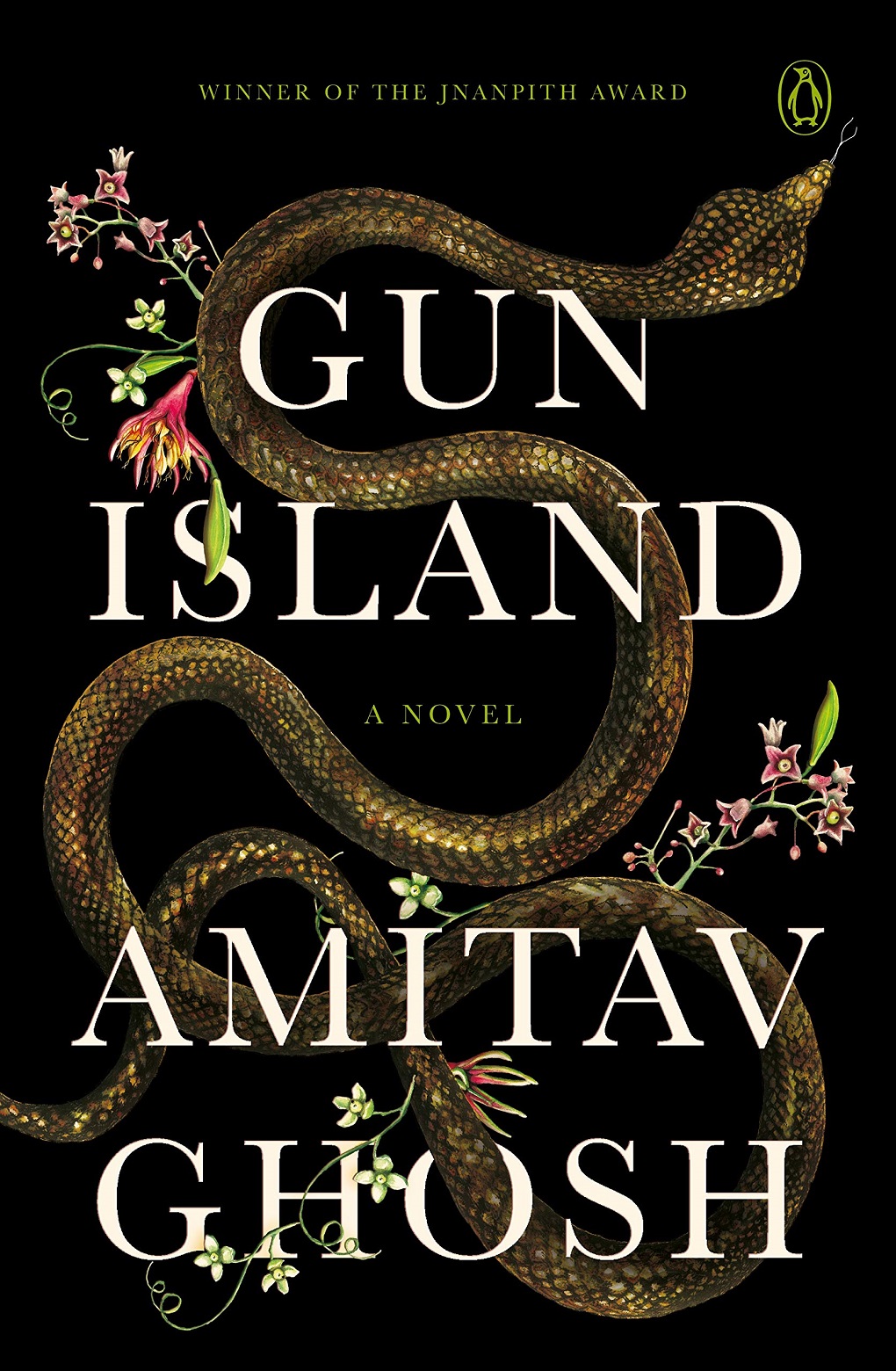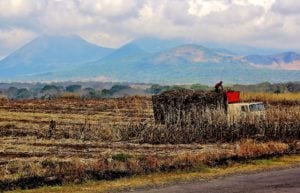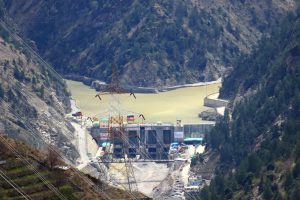In many ways “Gun Island” by Amitav Ghosh is a distillation of the author’s many writings that have come before. The novel captures nuances from his non-fiction works such as the “Imam and the Indian” and “The Great Derangement”, and mixes it with both research and characterisations seen in “The Calcutta Chromosome”, the Ibis trilogy, and “The Hungry Tide”. It is a huge range of influences and insights, and fitting them into a story arc in a novel of less than 300 pages is a monumental task in which he is largely, though not wholly, successful.
Maybe the most successful part of the book is the main character and narrator, Dinanath Datta, a fussy former academic and a dealer in rare books, who is a truly lovely creation. In his late middle-age, unmoored in life after the unexpected and unexplained end of a romantic relationship, he is both awkward and self-aware. This excellent combination makes him both sympathetic and allows him to blunder into situations, whose re-examination in his internal dialogue is greatly revealing. This is how people discover themselves, and the world, and this is something Ghosh used to great effect in his autobiographical essay from which his collection, “The Imam and the Indian” takes its title.
This story is far more complex, and is, to a great degree, about a story – the legend of a merchant and a goddess, Manasa Devi. This is the topic on which Dinanath, who has shortened his name to “Deen”, did his PhD but has put behind him. Needled by an unctuous relative, and informed about an undocumented shrine to the merchant and goddess by a scholar, Deen sets off on an unexpected trip to find the shrine in the Sundarbans. It is an adventure that starts in the mud of the world’s largest mangrove forest on the border of India and Bangladesh, but then spins a circuit that takes in the California wildfires, crony capitalism and endangered environments in India, to a human trafficking route that traverses the geographies of South Asia and the Middle East on the way to Europe.
Through it all Deen is on the trail of the story of the “Bonduki Sadagar” or Gun Merchant, he has found at the 17th century shrine in the Sundarbans. It is a story imprinted on the tiles of the shrine, and preserved in an oral telling by a young Muslim caretaker of an (ostensibly) Hindu shrine. It is also a gentle love story, as one of the key facilitators of the visit is Piya, a scientist and activist Deen is strongly attracted to. Ghosh first explored the Sundarbans in his novel “The Hungry Tide” and some themes of exploitation, marginalisation and climate change reappear, with Piya, one of the main characters from the earlier book. In some ways this love story seems a minor thread as there is no declaration of love, no grand wooing, but that in fact gives it its own weight and seriousness, with only the unusual circumstances and the distress of Piya’s foster-son, Tipu, bringing them tentatively closer like two small skiffs drawn together by the force of vast unseen tides.
That unseen part is probably the strongest motif of the book. There are things happening just behind the scenes that are inexplicable but which carry great force. In this Ghosh taps back into the writing he first used in “The Calcutta Chromosome”, a science fiction story that is amongst the best from South Asia. The weird happenings are, to some degree, explained by Deen’s mentor, the Italian historian, Giacinta Schiavon, to the sceptical Deen.
I gasped. “What? You can’t be serious, Cinta! In what sense does it present the symptoms of demonic possession?”
“Just look around you, caro.” There was a touch of weariness in her voice now. “Everybody knows what must be done if the world is to continue to be a liveable place, if our homes are not to be invaded by the sea, by creatures like that spider. Everybody knows … and yet we are powerless, even the most powerful among us. We go about our daily business through habit, as though we were in the grip of forces that have overwhelmed our will; we see shocking and monstrous things happening all around us and we avert our eyes; we surrender ourselves willingly to whatever it is that has us in its power.”
This, as an explanation of the unsustainable path of economic growth based on fossil fuels that we have pursued is the biggest mystery, the biggest demon in the novel. It is largely out of sight, a ghost glimpsed out of the corner of the eye, though its effects – the fires, the dislocation and invasion of creatures – are all too visible. The 17th century is chosen by Ghosh as the time of the Little Ice Age, and a time of great upheaval, and the narrative skips between that time to now with great effect.
The strangeness, though, is effective even if you do not believe the non-scientific explanations, but in a way that is precisely Ghosh’s point. Modernity has told us to be dismissive of ways of older thinking, but in following strictly modern ways of thinking, humanity has created the greatest crisis of its existence – climate change. We need a language that can address this, and which can communicate the challenges to people effectively, an imagination that allows for demons and miracles.
Another book, by the excellent Amin Maalouf, did this with great power. “Balthasar’s Odyssey”, set in the Middle East and Europe through the years of 1665-67, precisely during the great upheavals that Ghosh mentions, is a spectacular look at faith (Jewish, Christian and Muslim beliefs) and scepticism, and how we manage to live with them. Ghosh, more urgently focussed on climate change, does something similar. Amusingly both books have endearing, middle aged, slightly fussy protagonists tugged out of their day-to-day orbit by the prospect of love.
If there is a criticism, it is of the explanations that are needed to stitch together such a vast enterprise. The novel is littered with them, and this goes against the directive of “Show, don’t tell”, hindering the smoothness of the narrative. Nevertheless the explanations themselves are interesting, and for the readers of thethirdpole.net, will be familiar, as they bring together the strands of the environment, development, marginalisation, displacement, and the ever rising sea.









